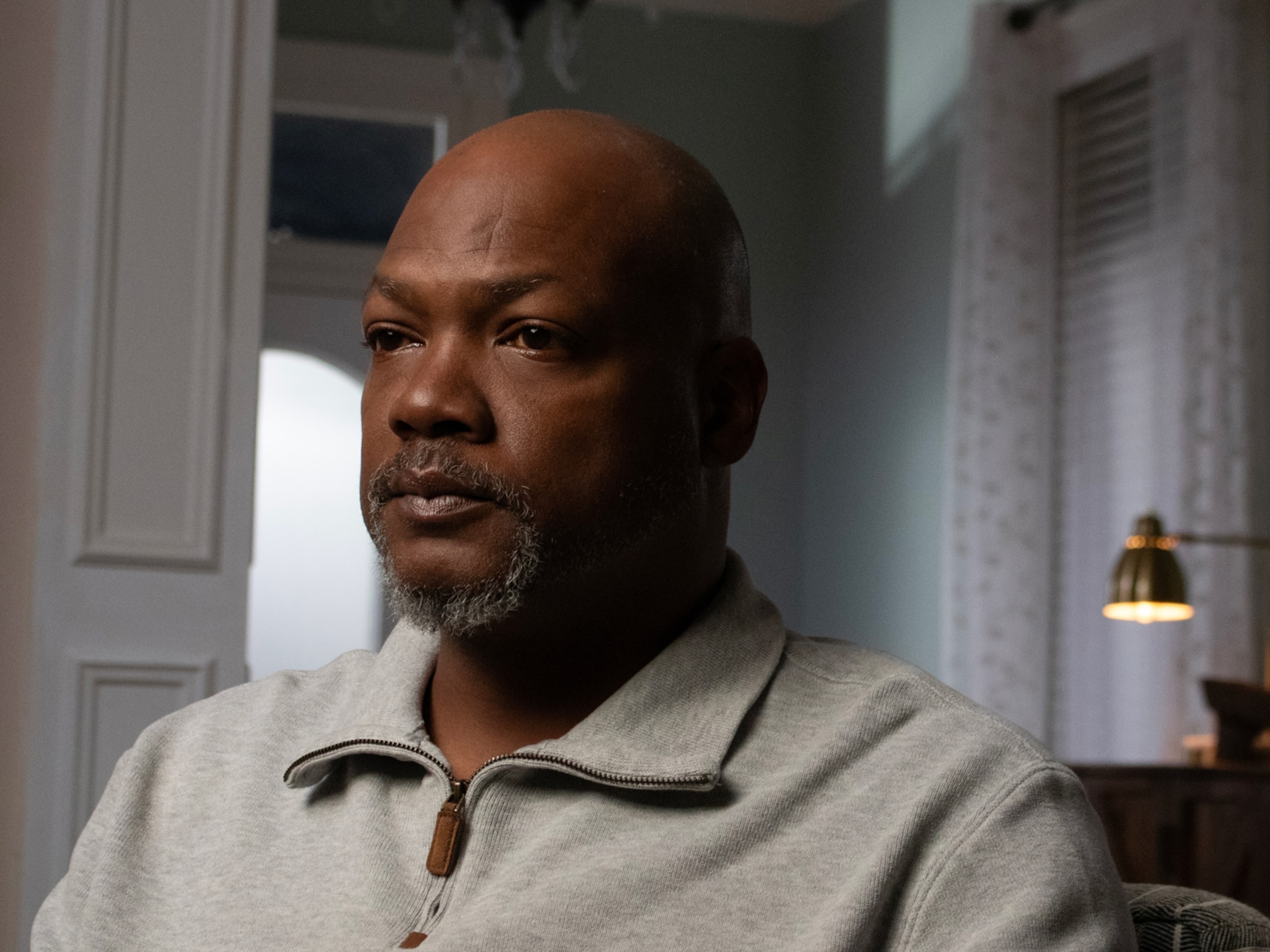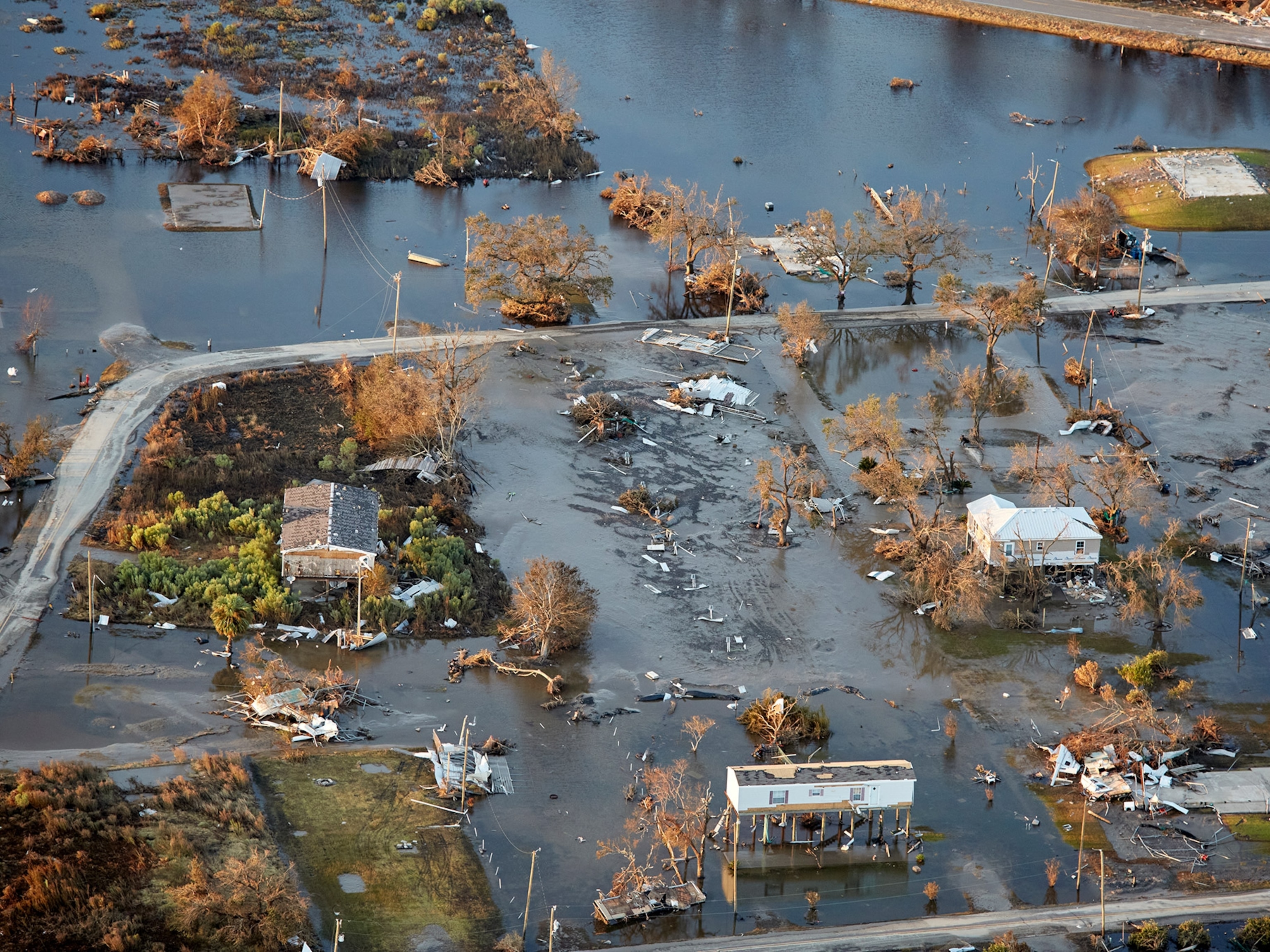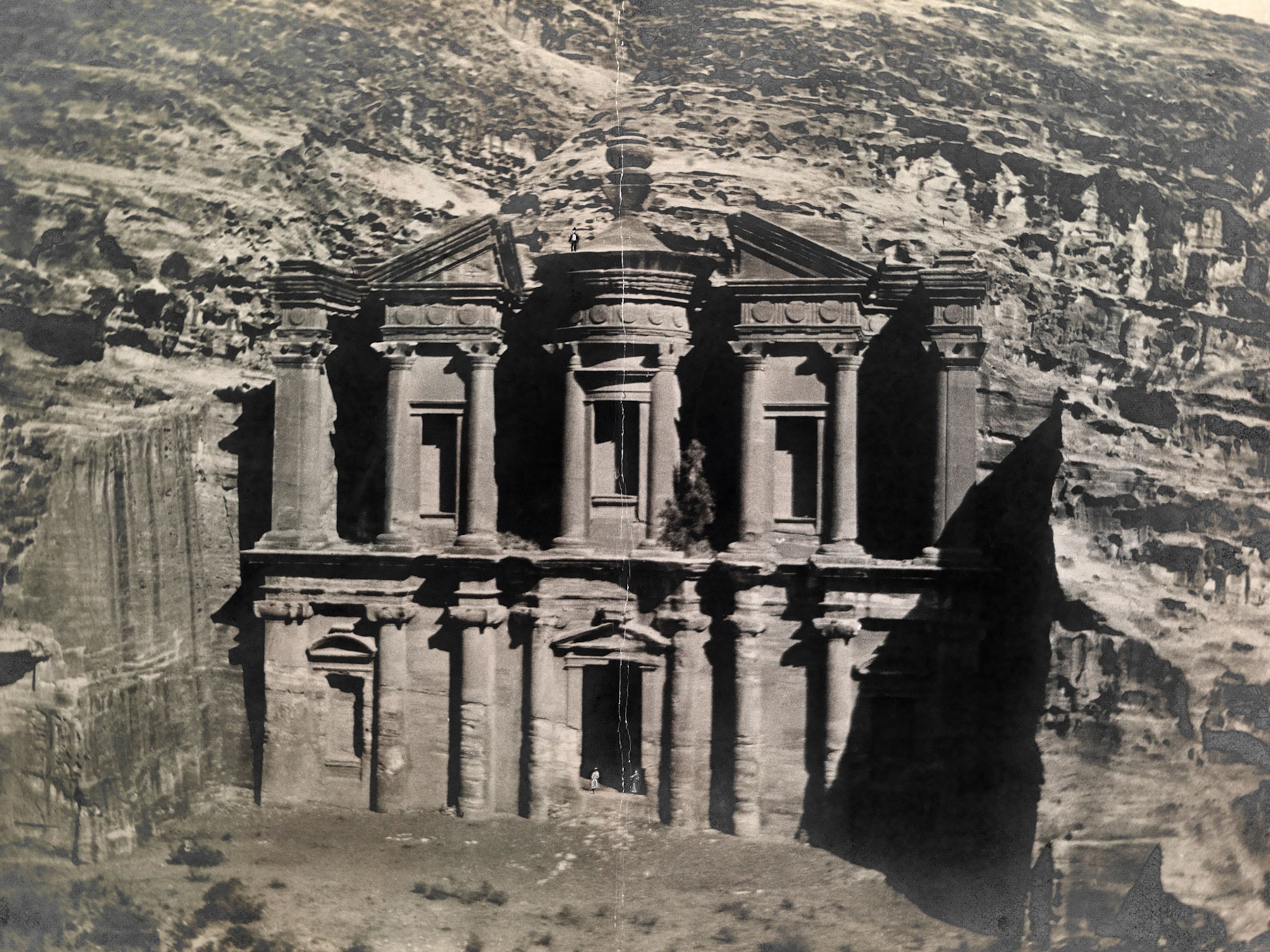5 Years After Katrina, Ruins—And a Natural Wonder—Remain
On Hurricane Katrina's fifth anniversary, many Gulf Coast buildings remain damaged, but an iconic natural wonder still stands strong. Video.
Hurricane Katrina devastated U.S. Gulf Coast communities five years ago, leaving behind ruins that persist to this day. But at least one of Mother Nature's iconic creations survived intact, and still inspires.
© 2010 National Geographic; videographer and field producer: Fritz Faerber
RELATED
Hurricane Katrina Pictures, Reports, Video, More
Hurricane Katrina Video Time Line
UNEDITED TRANSCRIPT
On August 29, 2005 Hurricane Katrina pounded the Gulf coast. In some areas, storm surges nearly three stories high wreaked havoc on coastal and inland communities alike.
Whole towns were devastated, some nearly wiped off the map.
In New Orleans, a levee breach sent water flowing into much of the city, leaving tens of thousands homeless, many stranded in their homes for days.
In economic terms, Katrina was the most destructive storm to ever strike the United States.
It was the costliest, and among the most deadly. Official estimates list total deaths from the hurricane and its aftermath at over 1800.
And while Katrina’s effect on New Orleans remains etched in our minds, the hurricane’s storm surge, by far, reached its highest levels in Mississippi.
Gulfport, a storm surge at about 28 feet.
All along the coast—block after block of homes and businesses destroyed, some swept away by the water.
Katrina’s eye focused on the Louisiana-Mississippi border, with the storm’s stronger east flank lashing Mississippi’s coast with 120 mile-per-hour winds and an unimaginable mountain of a storm surge. The coast has yet to recover fully.
The campus of the University of Southern Mississippi Gulf Coast is located on Beach Boulevard in Long Beach, Mississippi. Some of its buildings date back more than 80 years.
The seaside location is inviting to prospective students.
But, with storm surges at upwards of 28 feet at long beach, the campus was covered by the gulf waters.
Soundbite: Pat Smith, Professor of History, University of Southern Mississippi Gulf Coast: “About 12 feet of water swept over the place, washed out the bottom floor of every building on the front part of the campus. The old buildings that survived from the 1920s were all severely damaged.”
Even five years later, those buildings remain unusable and un-restored.
Hardy Hall was an administrative building with a large conference center that once served as a ballroom.
Soundbite: Pat Smith, Professor of History, University of Southern Mississippi Gulf Coast: “It was actually a grand old building. My office was upstairs on the 2nd floor.”
But while Mother Nature takes away, sometimes, she leaves some of her own creations.
Soundbite: Pat Smith, Professor of History, University of Southern Mississippi Gulf Coast: “This is a live oak. It’s 500 years old. But it survived every storm on the Mississippi Gulf Coast since Columbus.”
Standing just a few hundred yards from the Gulf, what is its secret?
Soundbite: Pat Smith, Professor of History, University of Southern Mississippi Gulf Coast: “Well, this is a tree that has a dome-like structure. It was not a tree planted by modern civilization and then cropped down into a lollipop shape. Native Americans who camped near here, they say, didn’t have the interest in cropping a tree off, so this tree developed over 500 years with its limbs growing naturally.”
With no one cutting off branches during the trees’ early years, their limbs anchored the earth, providing balance in high winds and surging tides.
Beyond Mississippi’s shores, barrier islands filled with trees might have provided more protection by slowing wind and storm surges, but those islands have been shrinking.
Professor Smith tells how one island was once lush with trees and vegetation.
Soundbite: Pat Smith, Professor of History, University of Southern Mississippi Gulf Coast: “During the Civil War on Ship Island, Federal forces used that as a staging area. This is a fairly small island but there were 20,000 union troops staged on Ship Island for the assault on New Orleans, and they burned everything, every stick of wood that was out there.”
Today, Ship Island is protected by the federal government, as part of Gulf Islands National Seashore.
But it’s unlikely that larger and lusher barrier islands could have protected the mainland from Katrina’s forces.
Katrina’s storm surge reached up to 12 miles inland in Mississippi. And the area has still not fully recovered from the devastation and death brought by this incredible storm.





